An innovative strategy to lessen the plaques was also found in the study.
The oral administration of rapamycin to an Alzheimer’s disease mouse model induces an increase in beta (β)-amyloid protein plaques, according to researchers from The University of Texas Health Science Center at San Antonio (UT Health San Antonio). β-amyloid buildup is a hallmark of Alzheimer’s disease.
Rapamycin is FDA-approved for the treatment of transplant and cancer patients. The drug is also referred to as sirolimus and is sold under the name Rapamune. Publicly available data suggest that the drug might also improve learning and memory in aged mice. According to publicly accessible evidence, the medication may also boost learning and memory in elderly mice. The UT Health San Antonio researchers, on the other hand, discovered that following rapamycin administration, a protein called Trem2 (triggering receptor expressed on myeloid cells 2) is drastically reduced. Trem2 is found in microglia, immune cells found in the brain and spinal cord.
“Trem2 is a receptor located on the surface of the microglia, and it enables these cells to engulf and degrade β-amyloid,” said study senior author Manzoor Bhat, Ph.D. “Loss of Trem2 in microglia impairs the vital function of amyloid degradation, which in turn causes a buildup of β-amyloid plaques.” Dr. Bhat is professor and chairman of the Department of Cellular and Integrative Physiology at UT Health San Antonio and vice dean for research in the university’s Joe R. and Teresa Lozano Long School of Medicine.
Drug target
Importantly, the study, recently published in the Journal of Neuroscience, also featured a novel way to increase Trem2 in microglia. When the study lead author, Qian Shi, PhD, assistant professor in the Department of Cellular and Integrative Physiology, deleted a gene called Tsc1 from the microglia, there was a marked increase in Trem2 levels and a decrease in β-amyloid plaques.
Previous research has shown that loss of Tsc1 leads to activation of the mTOR (mammalian target of rapamycin) signaling pathway. Rapamycin, in contrast, blocks this pathway. “We expected that selective loss of Tsc1, only in microglia and not in neurons or other cells, would have negative consequences because inhibiting mTOR with rapamycin has known therapeutic uses in some disease models,” Dr. Shi said. “But the opposite was occurring.” Thus, repressing Tsc1 solely in microglia to enhance β-amyloid uptake could be a potential drug target, Dr. Shi said.
The experiments were conducted in a specific mouse strain called the 5XFAD, which is used as a model for human Alzheimer’s disease. The study is relevant to β-amyloid-associated Alzheimer’s and is not generalizable to other Alzheimer’s pathologies, Dr. Bhat said.
More investigation warranted
Findings from this study may give the medical world a reason to pause testing rapamycin on anyone at risk of Alzheimer’s disease. “Rapamycin may have benefits in terms of suppressing the immune system and as a tumor suppressor,” Dr. Bhat said. “But in a situation where it negatively impacts the expression of Trem2 or other critical proteins, it may have a detrimental effect. We caution that rapamycin’s benefits in β-amyloid-associated Alzheimer’s must be studied more carefully.”
The Bhat laboratory specializes in creating and analyzing genetic models of human diseases. The lab’s investigators have uncovered a number of novel pathways that involve axonal myelination and demyelination and how mTOR signaling in glial cells, such as microglia, could be exploited for therapeutic benefits in human diseases including Alzheimer’s disease.
Reference: “Microglial mTOR Activation Upregulates Trem2 and Enhances β-Amyloid Plaque Clearance in the 5XFAD Alzheimer’s Disease Model” by Qian Shi, Cheng Chang, Afaf Saliba and Manzoor A. Bhat, 6 July 2022, Journal of Neuroscience.
DOI: 10.1523/JNEUROSCI.2427-21.2022

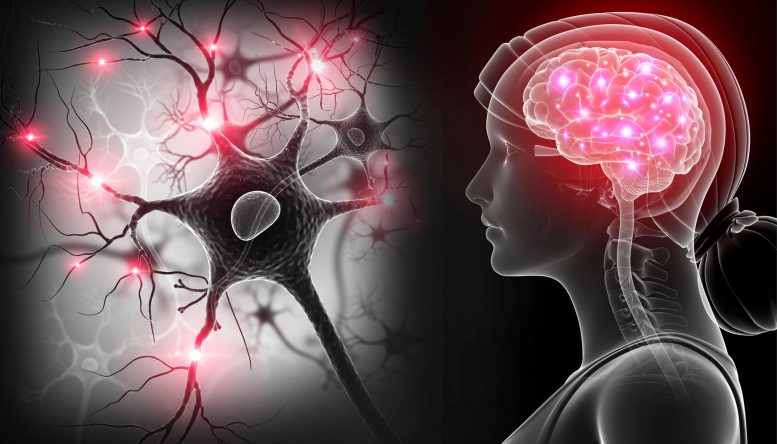
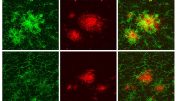


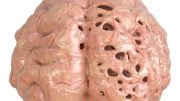
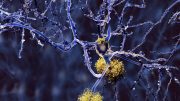
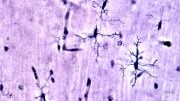
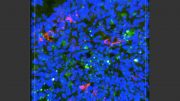

Your hgown was lovely so I wii probably do this weekend
This would be much more interesting if there were a way to be able to tell as a reader if they’ve ever fixed the issue with the lab testing mice that everyone seems to get their lab mice from. I remember the first time I’ve heard Brett Weinstein’s story on how he stumbled on a massive problem the mice breeding program has. If there were a way to tell that the error there has been corrected since Weinstein’s discovery. I’d take studies like these much more seriously.
The whole beta Amyloid “cause” for alzheimers has been pretty much discredited, in addition, rapamycin has been used for decades and an increased risk for alzheimers should have shown up by now.
Check paragraph 2 for repetition. Unfortunately when writing errors happen, it hurts the credibility of the entire article.
Like gabapentin
Humans are NOT mice!!! Stop abusing animals!! Stop breeding muscular dystrophy into golden retrievers that has not benefited one human being yet!!! This is happening at TEXAS A & M. How horribly cruel you are to these loving innocent voiceless victims!!!
If the fold of protein contains another fold within, then subsequent folds could exist…and so on, and on, and on…where is the dimensional boundary then? Where are we?
What am I typing?
Burp
Plaques we’re disproven to be a cause of Alzheimer’s, article is a waste
Psilocybin mushrooms do all this without side effects..I can’t believe people still trust doctors and pharm drugs in this day and age.. it’s insane.. nature heals big pharma destroys.. wake tf up people
This line made me feel like I had the onset of Alzheimer’s:
“Publicly available data suggest that the drug might also improve learning and memory in aged mice. According to publicly accessible evidence, the medication may also boost learning and memory in elderly mice.”